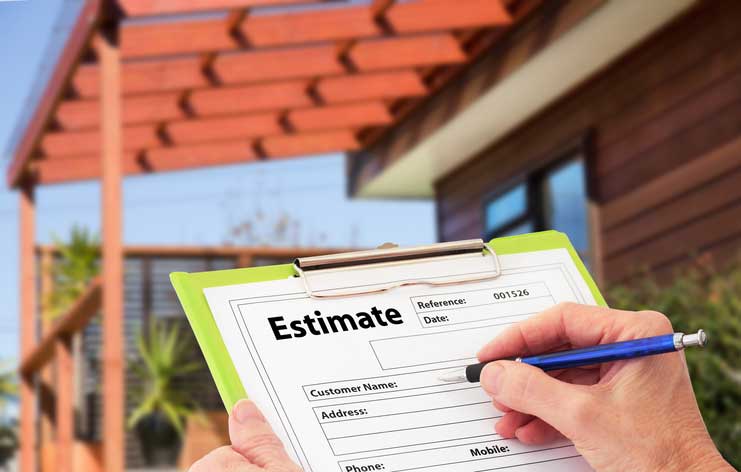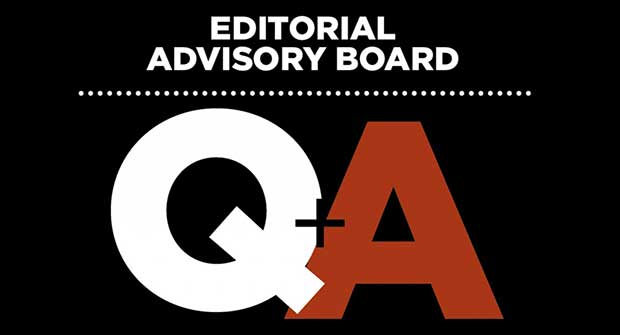
It’s that time of the year when production and selling are competing for your time. There’s a sense of urgency to make the most of this peak season before it tapers off.
In a recent Facebook conversation, a contractor shared her frustration with working up estimates and never hearing back from the prospective buyers. While email automation software can help, many of us suggested the best follow-up practice is having a system that eliminates it.
Long before email, we learned at my company that meeting in person is essential. Nowadays a Zoom meeting could probably work just as well.
When you run a business that has a good reputation you should not be emailing estimates. A price and your reputation, and guarantee if you have one, is all a buyer needs to decide.
You need a selling and estimating system that incorporates the buying decision. For it to work a couple of things must happen,
- Create filters so that you are only working with serious buyers.
- Assume that every deal will close. This mindset is invaluable for solving problems.
Every company should have a filter that takes care of its current clients. They expect and deserve priority because they have earned it. Communicate with them long before the busy season. Consider giving them a financial incentive for their early commitment.
Now you can comfortably take on new work to grow your client base.
If you take on smaller projects such as mulching, give a verbal estimate and ask for a 50-percent deposit to put it on the schedule. Many companies will take 100 percent on projects below a limit, such as $500.
This brings us to larger projects. How do you keep the attention of buyers without wasting design and estimating time?
Have a system that gets them to commit and remain committed until you reach the finish line.
At my design-build company, the first design meeting was crucial. We discussed budgets and took a 10-percent retainer for the midpoint of the estimated budget range for the project. If the estimated range was $30,000 to $60,000 the retainer would be a non-refundable payment of $4,500 that is applied to the project.
Here’s how the conversation plays out. The client has agreed that they want to work with us, so we are taking 10-percent to start building their landscape. We work from a range because we won’t know the actual amount until it is designed.
In our market, what was most important was taking the design fee obstacle out of the equation. Our approach shifted the narrative to making a good faith payment toward a landscape that did not yet exist.
You must have a detailed process that gives the client confidence that your company can take them where they want to go. In other words, remove the known obstacles to reduce their perceived risk. Perfecting our process and communicating it well took several years. However, once we had it running smoothly, we always worked with clients that we knew were committed to us.
There is enough stress in running a seasonal business without chasing down estimates.
Make that happen by practicing and perfecting your estimating and selling process.

